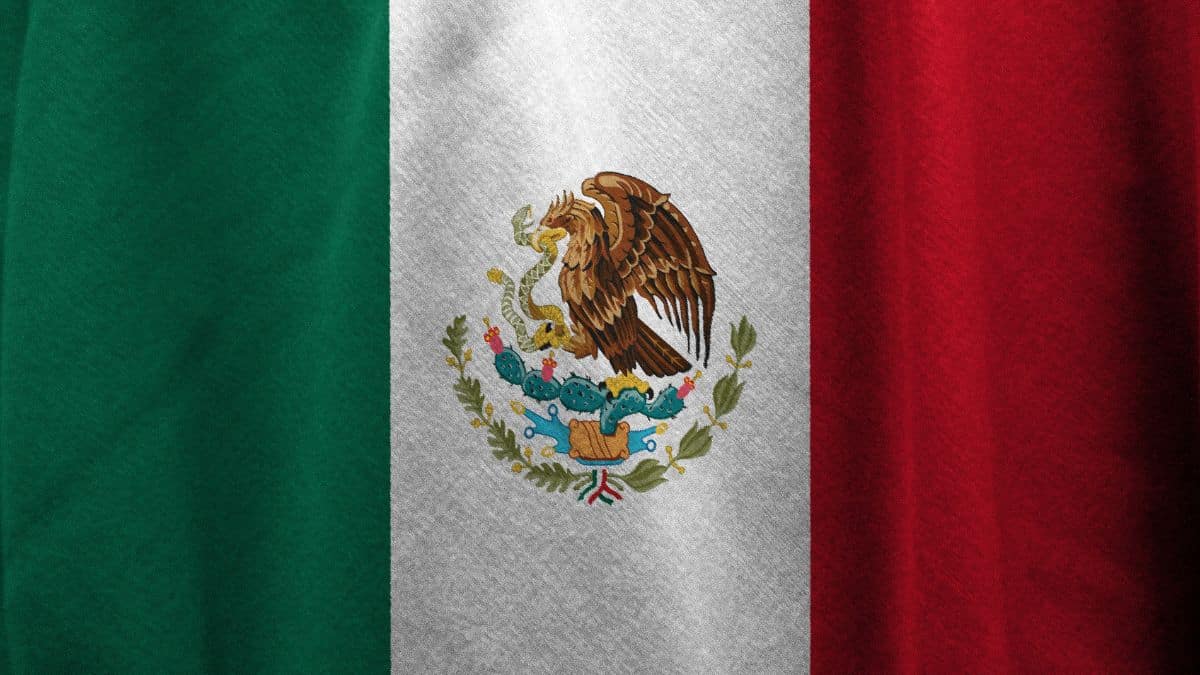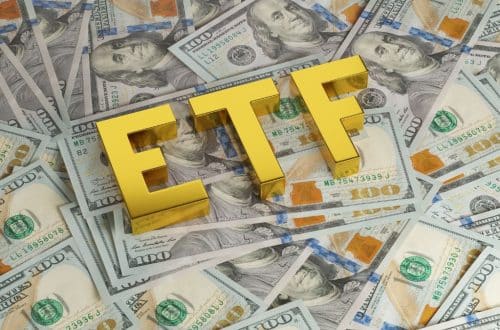
Mexico’s CBDC is Likely to be Delayed: Local Reports
- The central bank of Mexico is putting the finishing touches on the technological, administrative, and legal requirements for its CBDC.
- Mexican government had declared its intention to launch the digital peso in December 2021 to increase financial inclusion in the country.
- The country’s financial institutions, including banks and brokerage firms, will take part in the project’s second stage.
- In the last phase of the CBDC project, people who don’t have a bank account but want the digital peso will also participate.
The Banxico, or central bank of Mexico, is reportedly putting the finishing touches on the technological, administrative, and legal requirements for its Central Bank Digital Currency (CBDC), the digital peso.
After over a year of Mexico’s CBDC’s official announcement, the central bank has intensified its CBDC efforts but is unlikely to be finished by its anticipated launch date in 2024, according to reports from the local media.
It is important to note that the Mexican government had declared its intention to launch the digital peso in December 2021. At the time, Jonathan Heath, deputy governor of Banxico, said in a tweet that “new technologies and next-generation payment infrastructure” will increase financial inclusion in the country.
While that tweet predicted a 2024 launch, a year later, officials are now refraining from making a launch date prediction. At the time, the central bank stated:
“The result of this initial phase entails the preparation of a budget that is currently being determined, and will, in turn, allow establishing a probable date on which the MDBC [CDBC] will be available.”
The creation of PagoCel platform, which enables bank transfers identifying the cell phone number or personal identification of a user, is the first stage of the development of local CBDC, according to a previous plan by the bank.
The country’s financial institutions, including banks and brokerage firms, will take part in the project’s second stage and provide a security code so that digital currencies can be exchanged via the Interbank Electronic Payment System (SPEI).
In the last phase of this project, which is the most demanding stage for the central bank, people who don’t have a bank account but want a CBDC will also participate.
According to Triple A’s research on cryptocurrency ownership, Mexico’s adoption of cryptocurrencies increased in 2021, when 40% of the country’s companies expressed interest in implementing blockchain and cryptocurrencies.
According to data from the World Bank, Mexico is the second-largest recipient of remittances in the world, with transfers hitting a record $5.3 billion between July 2021 and July 2022.
As a result of the country’s growing interest in cryptocurrencies and with the backing of many lawmakers and crypto enthusiasts, a Bitcoin ATM has been installed in Mexico’s Senate building.
Governments around the world are working on their own CBDCs and aim to provide their citizens, an alternative form of secure blockchain-based payment methods. Interestingly, Bitnation reported earlier that Kazakhstan is actively working on the launch of its central bank digital currency called the digital tenge and the central bank recently published a pilot study focused on offline payments and programmability. On the other hand, the Reserve Bank of India tested its wholesale CBDC which was unable to impress bankers who claimed that the digital rupees only added to existing paperwork.







